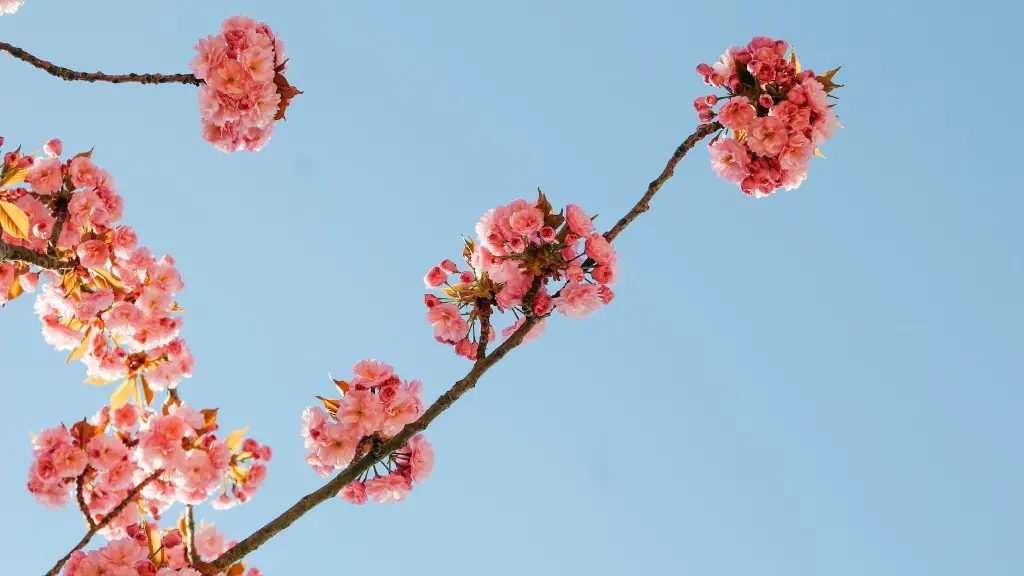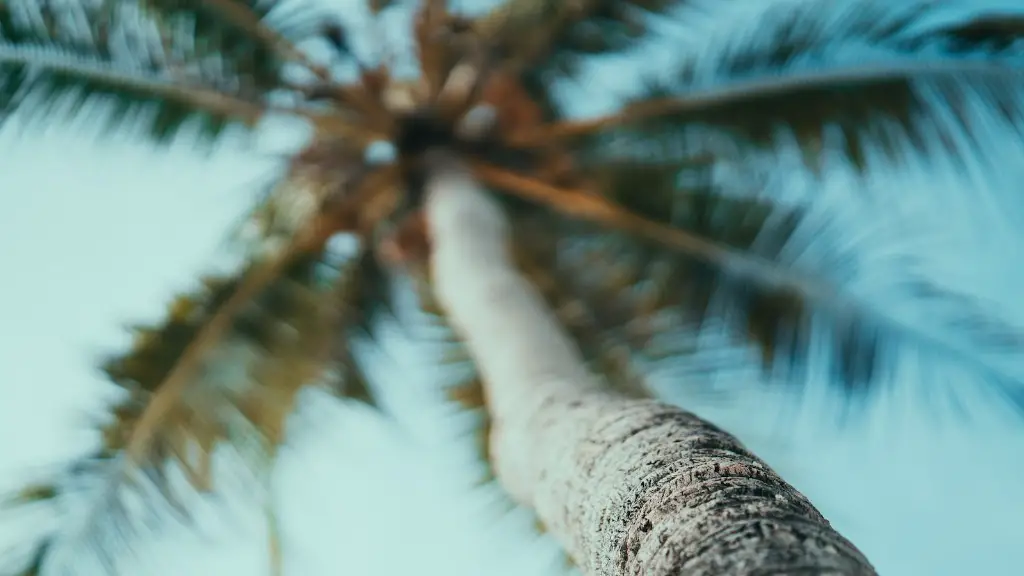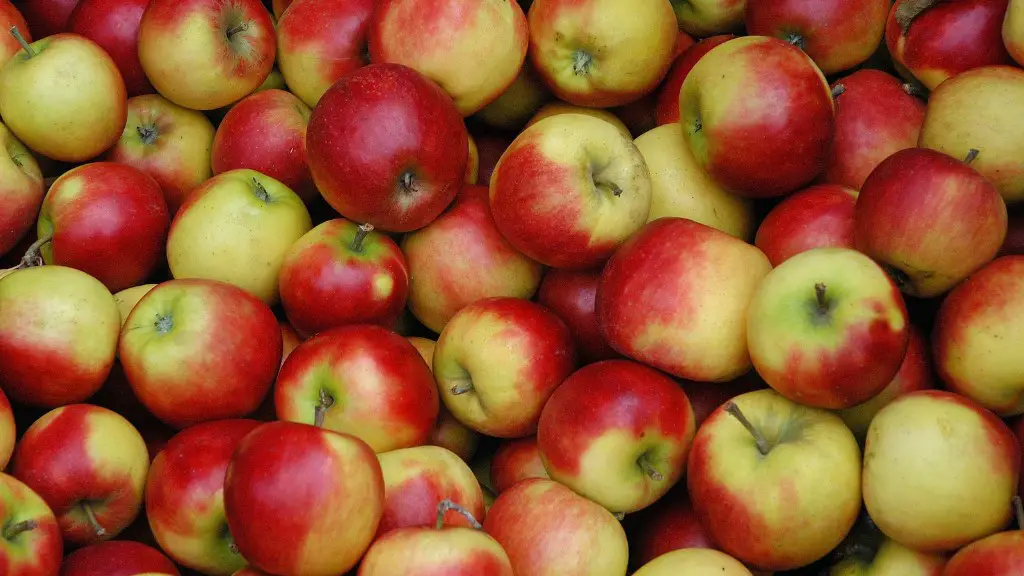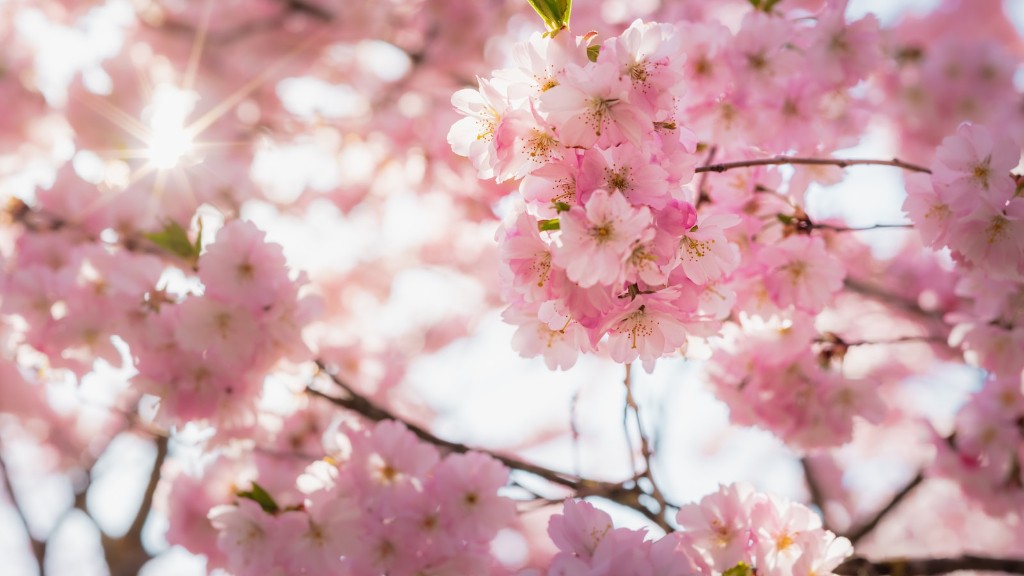Pruning cherry blossom trees is an essential skill for every gardener. The delicate beauty of the blossoms and the sweet scent of the flowers makes it tempting to let the tree grow unchecked, but in the end, you’ll be doing it – and your tree – a favor by learning when to prune. Here’s what you need to know.
Background and Benefits
Cherry blossom trees are a beautiful and popular addition to gardens, but taking the time to prune your trees properly can increase their lifespan and help them reach their full potential. Correct pruning can:
- Promote a more vibrant bloom
- Stimulate healthy growth
- Minimize disease and pest damage
- Ensure a balanced tree structure
Knowing the when of pruning is key, as pruning at the wrong time of year or in the wrong way can easily do more harm than good. As a general rule, the best time to prune cherry blossom trees is during the winter months, when the tree is dormant and actively growing.
Before You Start Pruning
Before you begin, there are a few things to consider. First, it’s important to remove any dead or dying branches right away. Doing this will help minimize the risk of infection spreading to healthy branches.
Then, you should assess the existing shape of the tree and think about how you want it to look. This will help you decide what needs to be removed and how to prune in order to achieve your desired shape.
You should also consider the age and health of the tree before pruning. If your cherry blossom tree is very young, you should consider delaying pruning until it is older and stronger. If it’s an older tree, you may want to consider hiring a professional arborist to help with pruning.
During Pruning
Once you’ve done your research and assessment, it’s time to start pruning. The most important thing to remember is to use clean, sharp tools for pruning. Dull tools can damage the tree and leave it open to infection.
Look for any branches that are growing in an undesirable direction, such as towards the house. These should be removed in order to keep the tree healthy and symmetrical. If you’re not sure whether or not to prune a particular branch, it’s best to err on the side of caution and leave it.
Finally, it’s important to remember not to remove any more than 25% of the tree in any given year. Doing too much pruning can cause shock and irreversible stunting of the tree.
After Pruning
Once you’ve finished pruning, the next step is to clean and disinfect your tools. This will prevent disease and pest infestations from spreading to other plants and trees in your garden.
You should also keep a close eye on the tree for any signs of infection or pest damage over the next few weeks. Treat any problems as soon as possible to avoid any long-term damage.
Importance of Timing
Timing is everything when it comes to pruning a cherry blossom tree. Pruning at the wrong time of year can cause the tree to become stressed, resulting in fewer blossoms and less healthy growth overall.
Generally speaking, it’s best to prune during the winter months when the tree is dormant. Although some gardeners swear by pruning in late fall or early spring, doing so may shock the tree and cause it to produce fewer blossoms the following year.
Careful With Shears
When pruning a cherry blossom tree, gardeners should be careful not to over prune. Extreme cuts can shock the tree and potentially cause irreparable damage. Make sure to always use clean, sharp tools, and don’t be afraid to leave some branches that are still small.
Also, it’s best to leave pruning of older trees to the professionals. With the right advice and techniques, arborists can help ensure your cherry blossom tree reaches full glory while avoiding potential damage to the tree’s roots.
Harvest Fruit and Flowers
When properly pruned, cherry blossom trees can produce beautiful flowers and sweet, juicy fruit. To reap the rewards, choose a variety that is best suited to your climate and soil type, and plant it in a sunny spot in your garden.
Water regularly, but be sure to avoid overwatering as this can lead to root rot and damage to the tree. Finally, use organic fertilizer once a month to encourage healthy growth and flower production.
Cherish the Blooms
When cherry blossom trees blossom, it’s a sight to behold. Spend some time admiring the beauty of the delicate flowers, but make sure to keep your pruning tools handy as the blooms will fade and fall off very quickly.
After the blooms have fallen, do a quick tidy up and remove any dead flowers or branches. This will help keep the tree healthy and minimize the chance of disease or pest infestations.
Protect From Frost Damage
Finally, it’s important to protect your cherry blossom tree from frost damage during the winter months. If you live in a colder climate, consider wrapping the tree with frost blankets and checking the soil to make sure it is adequately hydrated.
It’s also a good idea to spread a layer of mulch around the base of the tree to help keep the soil warm and moist. With the right care and maintenance, your cherry blossom tree can bring many years of beauty and abundance to your garden.





